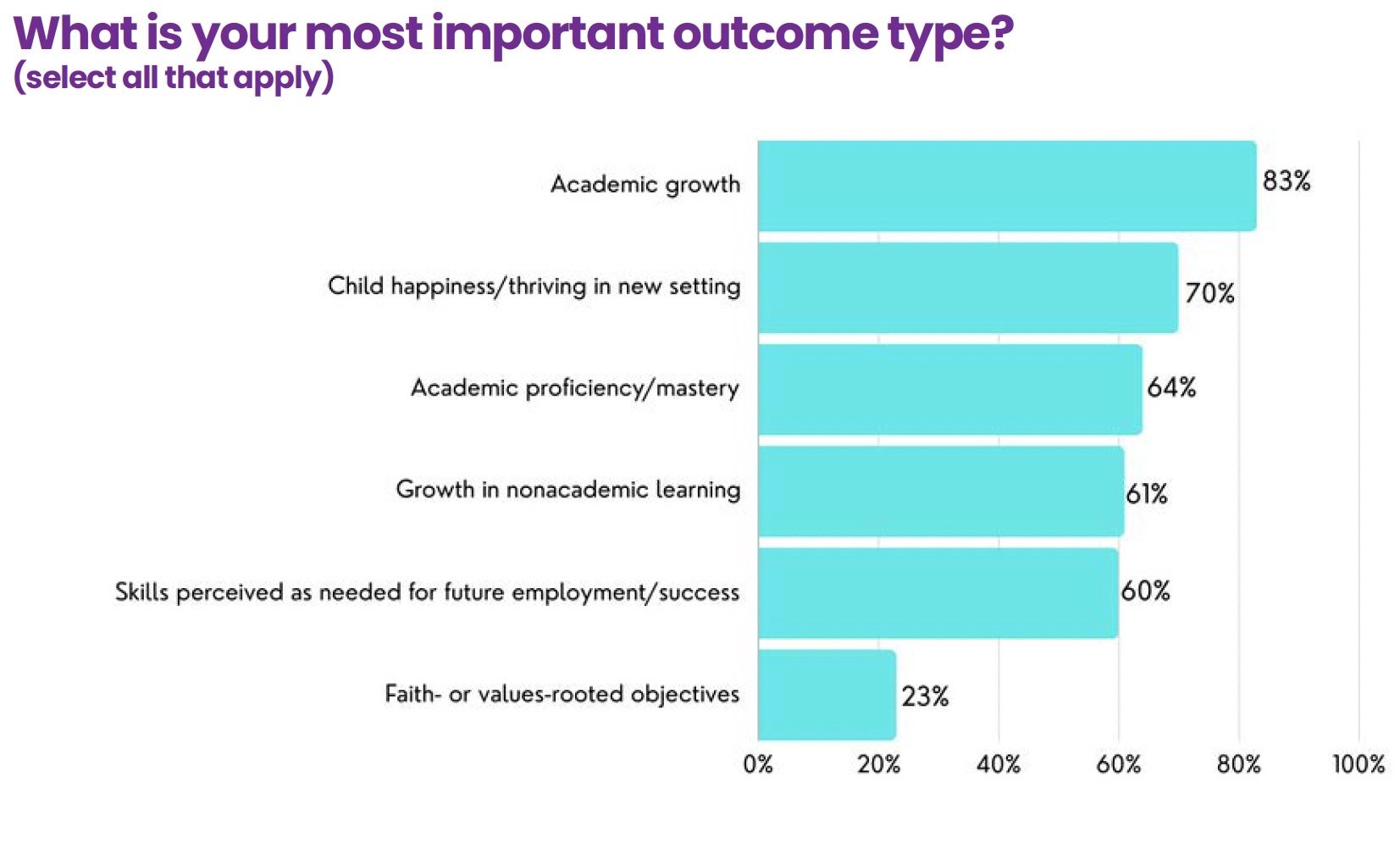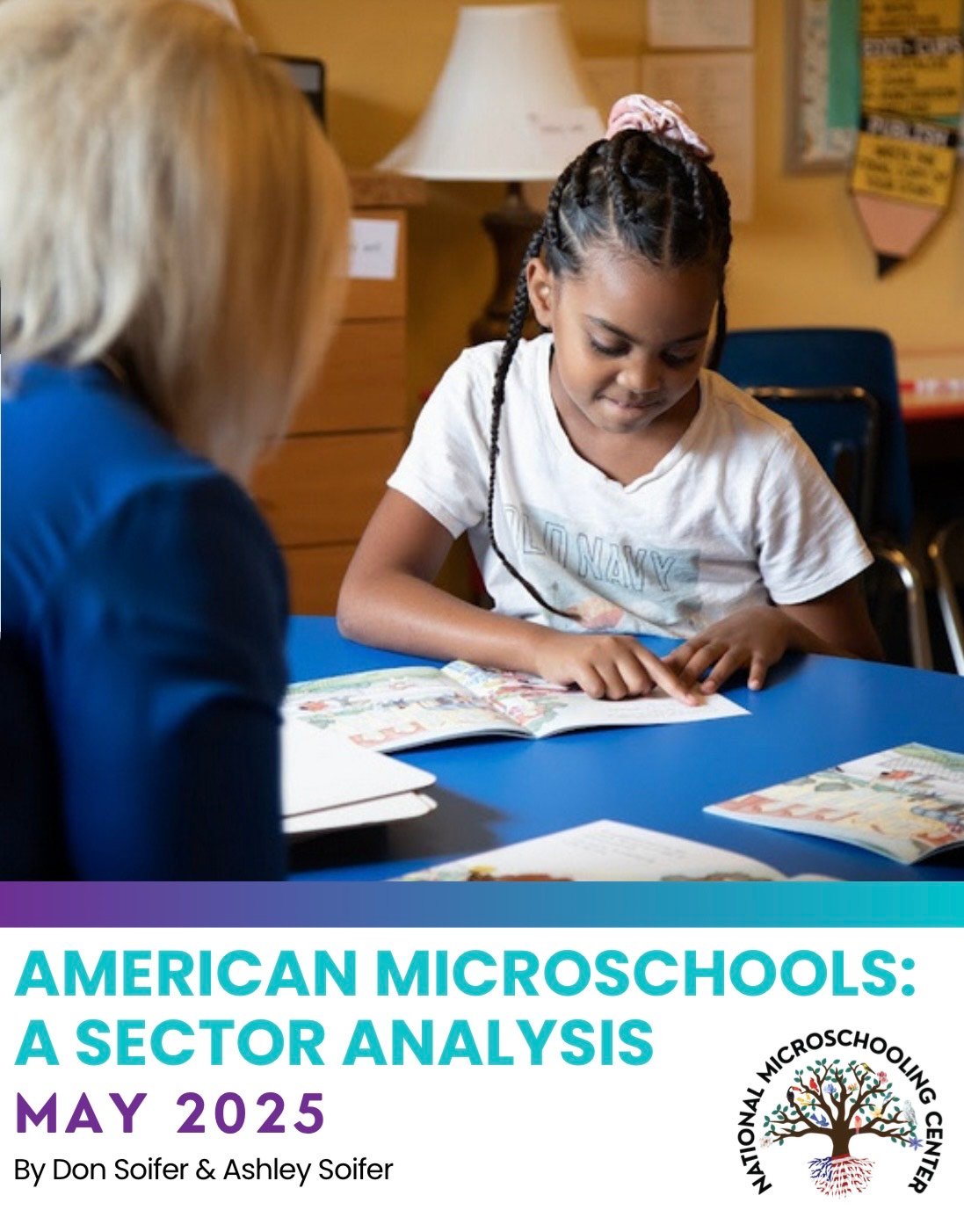The Wide Range of Positive Outcomes Microschools Are Designed To Achieve
Microschools can be, and frequently are, unique learning environments where learning and growth take place in any number of different ways. This...
.jpg)
How do microschools demonstrate their impact? In all sorts of different ways that matter to their most important stakeholders.
The most common ways microschools measure and demonstrate their impact is through offering norm-referenced assessments. Although at 47%, this remains relatively low compared with other schools of choice sectors. In many cases, these assessments are offered only if parents elect to have their children take them; they are not mandatory.
Letter grades, or comparable evaluations, are utilized in 34%, and 29% of microschools emphasize performance on embedded assessments in digital learning content, especially as a way to track the academic growth of individual children over time. Goalsetting is a collaborative process in microschooling. Microschool leaders engage actively with learners and their parents, consider their child's content mastery in both academic areas including reading/literacy and math, as well as nonacademic areas, to set short-term and longer-term goals toward getting them where they want to be.
Many other impact measures can be found being thoughtfully employed across different microschools, such as artifact portfolios and observation-based metrics.

Microschools can be, and frequently are, unique learning environments where learning and growth take place in any number of different ways. This...
.png)
What are the original and innovative ways you like to demonstrate your microschool’s impact? The ones rooted in your mission and in the reasons you...

Download the full report online here.